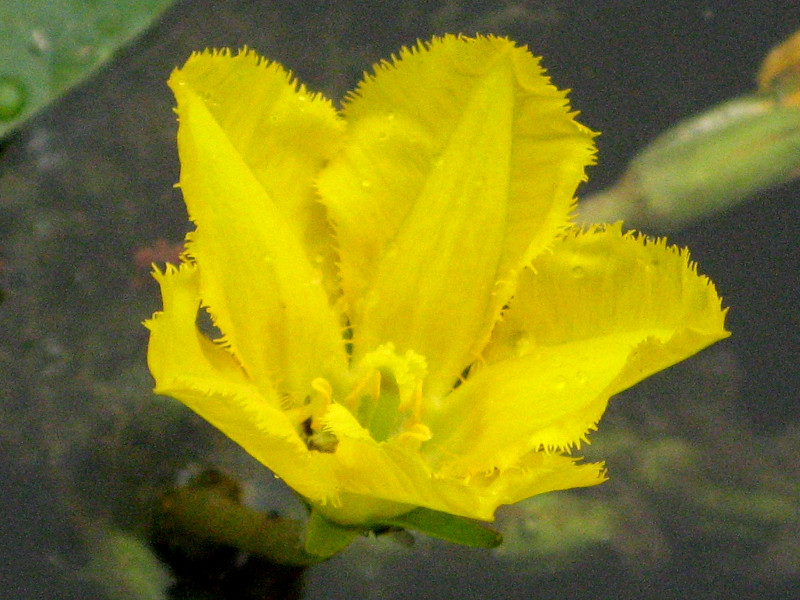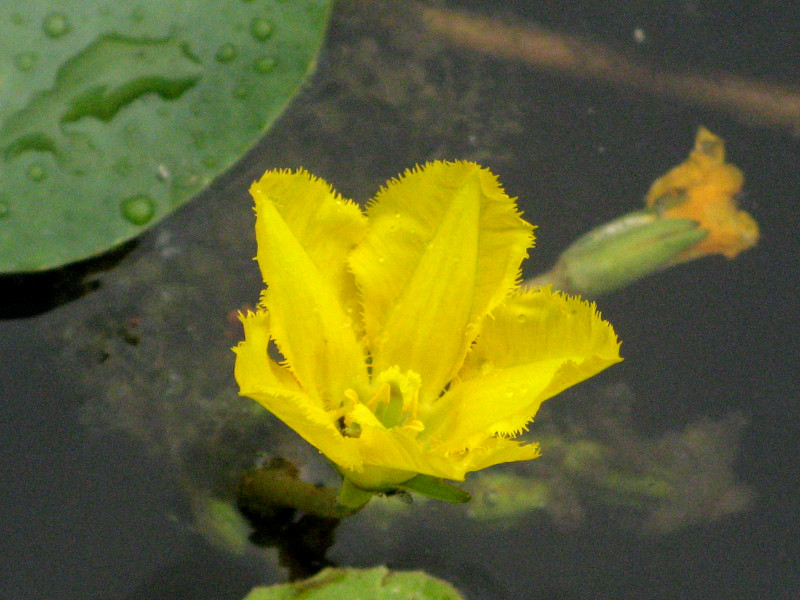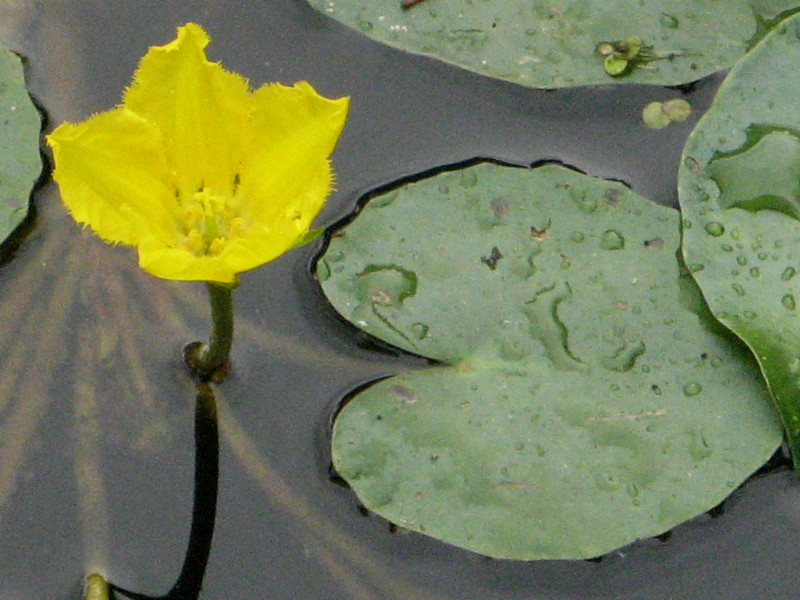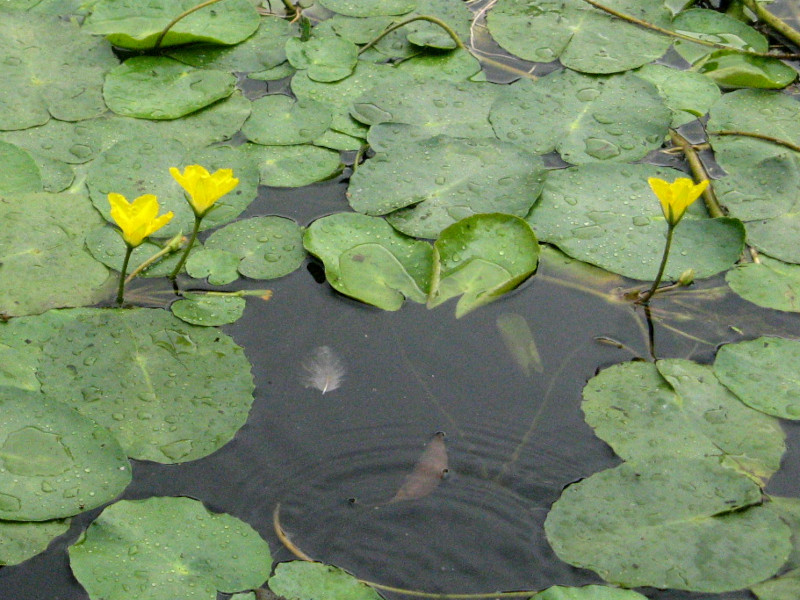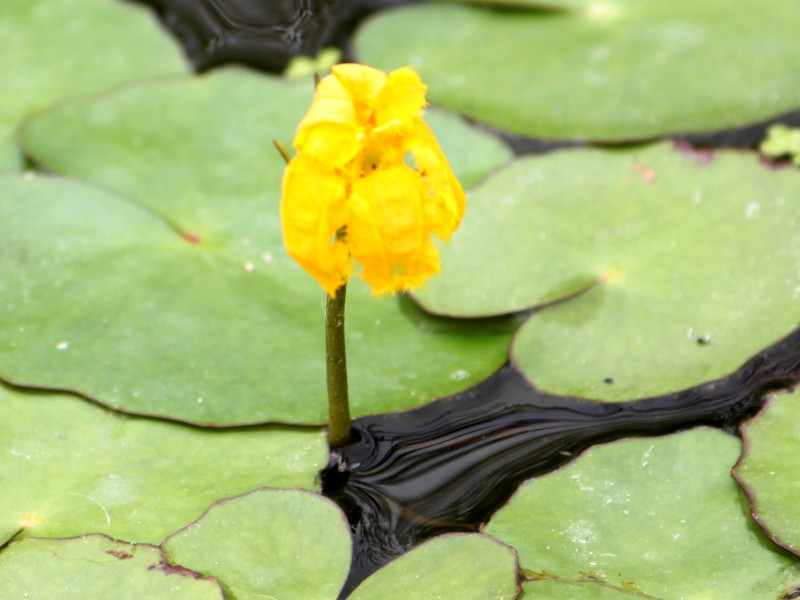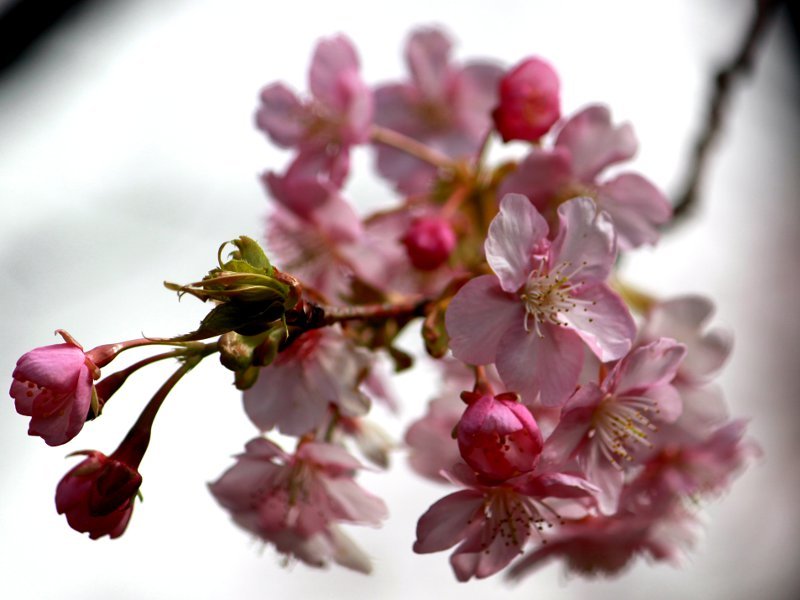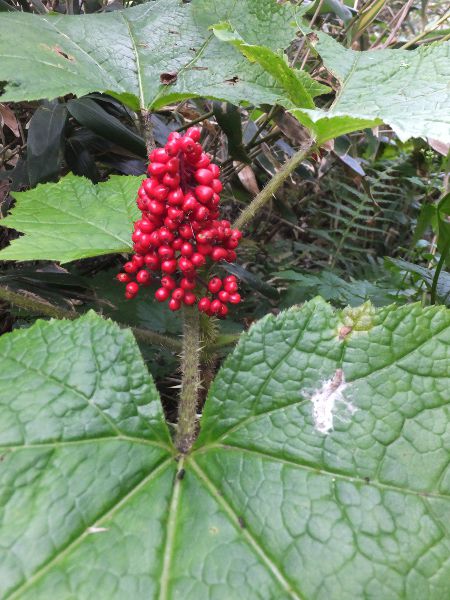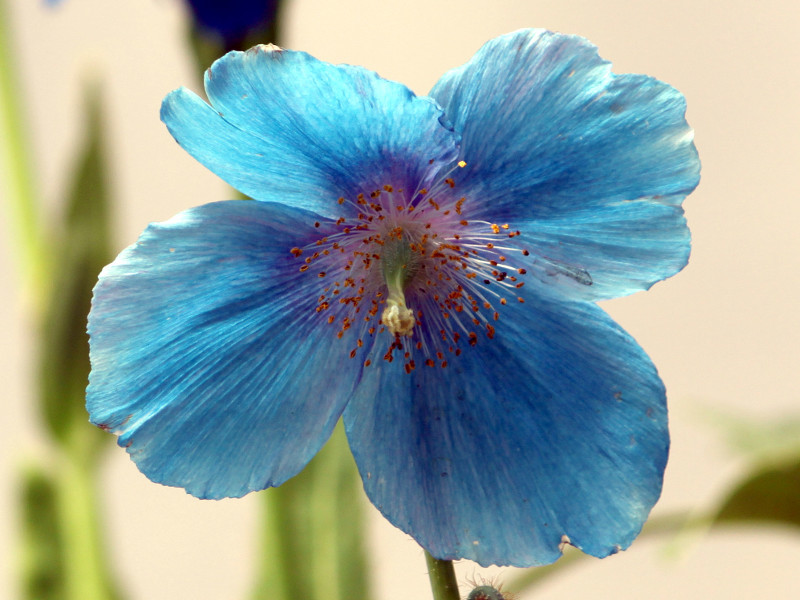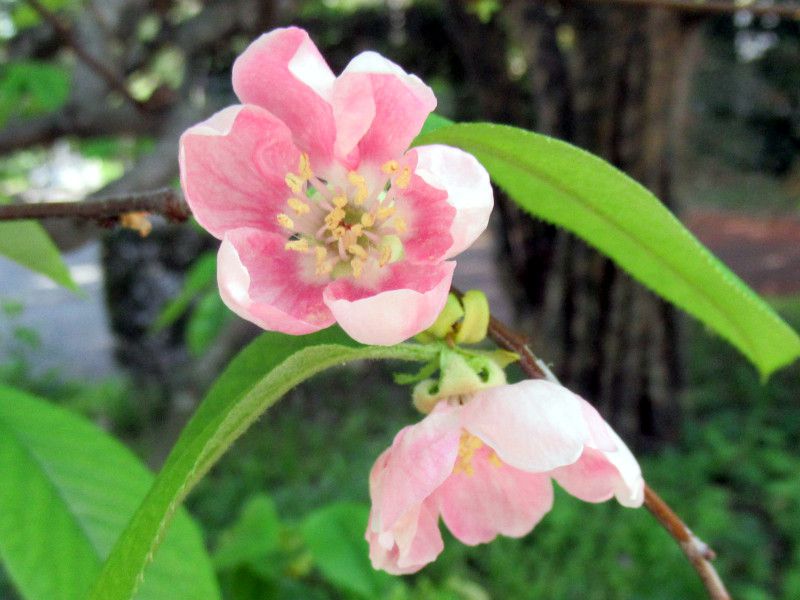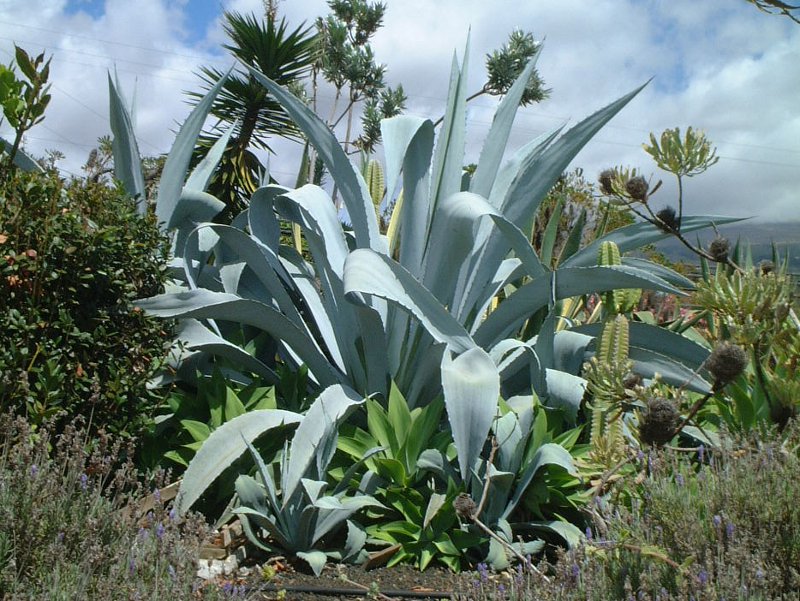Nymphoides peltata
- Flower nameNymphoides peltata
- Scientific nameNymphoides peltata
- Aliasハナジュンサイ, Water fringe, 浅沙
- Place of origin Eurasia, the Korean Peninsula, China, and Japan
- Place of floweringRiver, pond
- Flowering seasonJune, July, August
What is Nymphoides peltata
Nymphoides peltata, water fringe, or asaza in Japanese (scientific name: Nymphoides peltata) is a floating perennial water plant native to Eurasia, the Korean Peninsula, China, and Japan, belonging to the family Menyanthaceae. In Japan, it grows in shallow areas of lakes and ponds from Hokkaido to Kyushu. At the bottom of shallow water, numerous bearded roots emerge from the nodes of the rhizome, which become established and expand horizontally. The grass is 5-20 cm tall. The leaves are dark green and glossy, 5-8 cm in diameter, circular-heart-shaped, and have ruffled edges. Yellow, five-petaled flowers with a cucumber-like crease bloom from early to late summer at the tips of flower stalks extending above the water surface in ponds and marshes. The corolla is a jointed flower with five deep lobes that connect at the base, and the lobes have long hairs on the tips. It is a one-day flower, opening in the morning and wilting in the evening.
It is also called "dog water shield shield (Inu water shield)" or "flower water shield (Hana water shield). The young leaves are edible and the flowers are mainly for viewing, although they are not as popular as the water shield. It is called "water fringe" in English because of the fringe around the petals. As part of environmental conservation efforts, efforts are being made in Kasumigaura to purify water by removing phosphorus and nitrogen from lakes and marshes, and to help restore lakeside vegetation zones. The language of flowers is "trust," "calm," and "serenity.
The asaza plant has been declining in recent years and is listed as an endangered species in Japan's Red Data Book (Environment Agency 2000).
Asaza is a plant that has been around since ancient times, so much so that it was written about in the Manyoshu (the oldest anthology of Japanese poetry) and used as a hair ornament.
Common name: Nymphoides peltata, scientific name: Nymphoides peltata, also known as asaza, water fringe, Place of origin: Eurasia, the Korean Peninsula, China, and Japan, Life form Flowering: perennial floating herb, Height: 5-20 cm, Leaf color: glossy, Leaf diameter: 5-8 cm, Leaf shape: heart-shaped, Leaf margin: wavy, Flowering: 1-day, Flower color: yellow to orange-yellow, Flower diameter: 3-5 cm, Corolla form: 5-petaled, connected at base, Sepals: 5 lobed, Flowering period: May-October, Fruit type: capsule; uses: biotope, ornamental, medicinal plant; young leaves edible, moth food.
